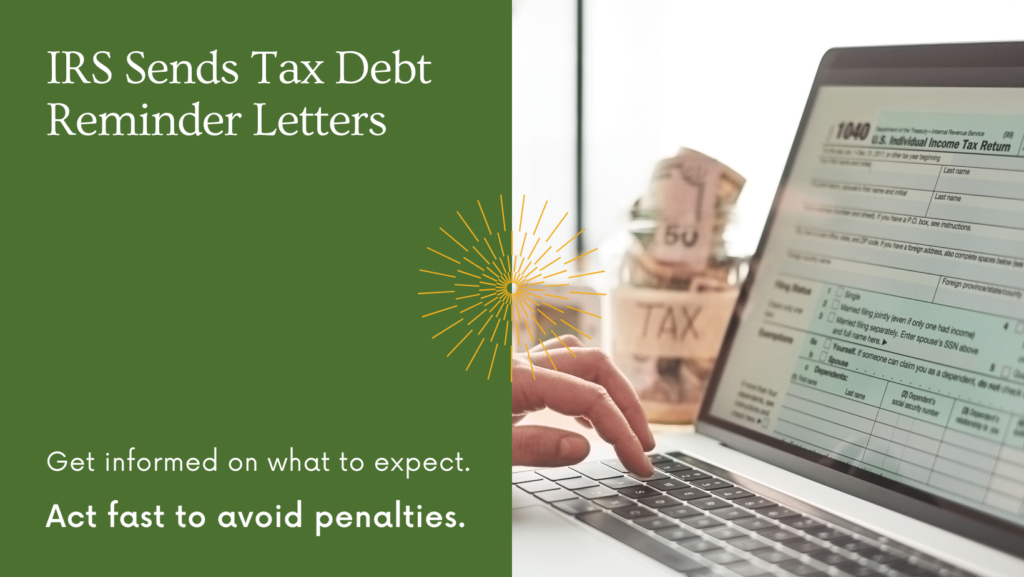Millions of Americans with unpaid tax balances are about to receive “special tax debt reminder letters” from the IRS. After a two-year hiatus due to pandemic backlogs, the agency is resuming collection efforts, and these letters are the first step.
If you’re one of the recipients, don’t panic! This post will guide you through everything you need to know about these letters, what to expect, and how to handle the situation.

Who will receive the letters?
The IRS hasn’t specified exactly who will receive the letters, but they’re likely to go to individuals and businesses with outstanding tax debts from 2020 and 2021. This could include:
- People who underpaid their taxes and haven’t settled the balance.
- Individuals who didn’t file their returns at all.
- Businesses that owe back taxes or haven’t made required payments.
| Topic | Summary |
|---|---|
| Who’s receiving letters | Individuals and businesses with outstanding tax debts from 2020 and 2021 |
| What the letters say | Outlines outstanding debt, penalties, interest, and payment options |
| What to do if you receive a letter | Open, review, contact IRS if needed, consider payment options |
| Payment options | Pay in full, lump sum, payment plan |
| Additional resources | IRS website, Taxpayer Advocate Service, tax professionals |
Also Read: Tax relief to 4.7 Million taxpayers
What do the letters say?
The letters will outline your outstanding tax debt, including the amount owed, any accrued penalties and interest, and information on how to make a payment or set up a payment plan. They’ll also likely include your taxpayer identification number and the specific tax year(s) the debt pertains to.
What should you do if you receive a Tax debt letter?
Don’t ignore the letter! Ignoring it won’t make the problem go away and could lead to further penalties and even legal action. Here’s what you should do instead:
- Open and review the letter carefully. This will give you a clear understanding of your debt and the options available to you.
- Contact the IRS if you have any questions. The IRS has a dedicated taxpayer assistance line (1-800-829-1040) where you can speak to a representative about your situation.
- Consider your options for resolving the debt. You can pay the balance in full, make a lump sum payment, or set up a payment plan.
Paying the balance in full: This is the quickest and easiest way to resolve the debt and avoid further penalties. However, it may not be feasible for everyone.
Making a lump sum payment: If you can’t pay the balance in full, consider making a lump sum payment. This will reduce your overall debt and interest charges.
Setting up a payment plan: This is a good option if you can’t pay the debt in full or make a large lump sum payment. The IRS offers various payment plan options, including short-term (180 days or less) and long-term plans.
Remember, resolving tax debt is possible with the right approach. Don’t be afraid to reach out for help if you need it.
Key Takeaways:
- The IRS is sending “special reminder letters” to individuals and businesses with outstanding tax debts from 2020 and 2021.
- Ignoring the letter can lead to further penalties and legal action.
- Open and review the letter carefully and contact the IRS if you have any questions.
- Consider your options for resolving the debt, such as paying in full, making a lump sum payment, or setting up a payment plan.
- The IRS website, Taxpayer Advocate Service, and tax professionals can provide resources and assistance.
By taking proactive steps and seeking help if needed, you can effectively manage your tax debt and avoid future complications.
